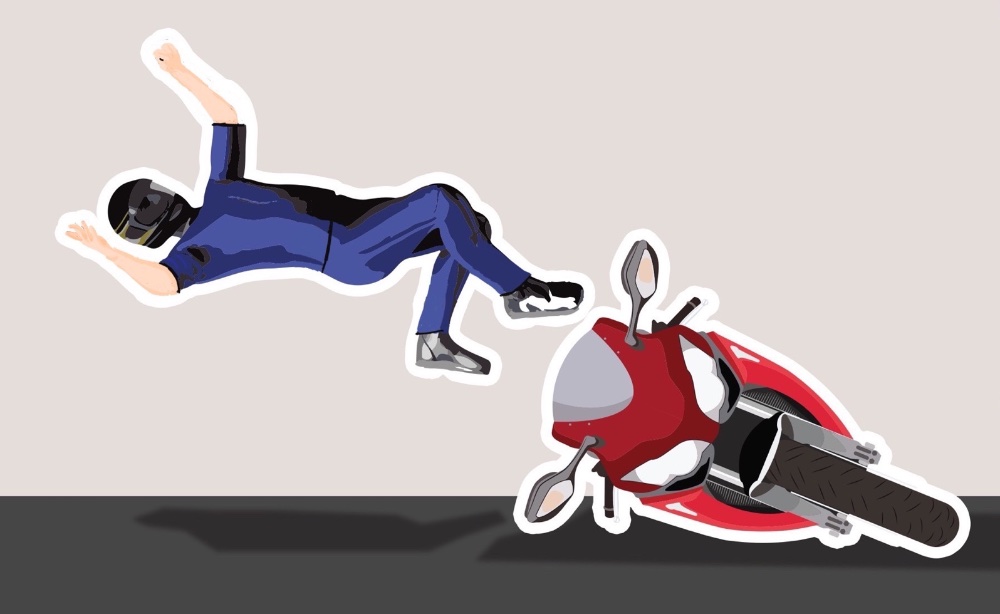
As Holy Week begins, I came to a very rude realization: I know nothing. I came to this conclusion after an unfortunate incident left me in a completely inutile state. I truly and absolutely had no idea what I had to do—or could do—to help the two victims of a motorcycle accident.
As I was walking to church, a motorcycle was coming around the bend on San Miguel Avenue at around six in the morning. For some reason, it ran into the guard rails on the pedestrian walk, skidded and crashed. The driver and the passenger were thrown off the bike, and were splayed on the road. I ran toward them and was literally first to arrive at the scene. I saw the driver start to move and try to get up, but the passenger was face down and not moving at all.
And that’s when I realized that I was totally clueless about what I could do to help. I had the phone in my hand and I swiped it open. Then it came to me: I did not have any idea—not a single clue—about whom I should call. I was not trained in cardiopulmonary resuscitation (CPR). I had no background in first aid or first-responder procedures. I was frozen, every nerve urging me to do something and yet not knowing what it was I should do.
I felt absolutely useless, inept and of no significance in the moment. I could have been invisible for all I cared. Of course, all this was happening in split seconds. In no time, other motorcycles stopped and were off their motorbikes trying to figure out how to help, too. A man on his motorcycle was telling his passenger to call the emergency in. They apparently had a number to call. I did not.
Just then, the passenger-victim who was lying face down was pushing himself over. I shouted to him not to move—the only thing I knew a trauma victim should not do. As if on cue, I saw another motorcycle pull to a stop, and the passenger rushed to the victim. He also tried to stop the victim from flipping himself over, but it was too late. The victim was now on his back, his face bloodied. He had a helmet on, but I noticed that it was secured only by a makeshift rope.
I looked at the guy who had rushed over to the victim, and said a prayer when I saw on his back the logo of “Lifeline,” an ambulance rescue service. I breathed an audible sigh of relief and was extremely grateful that a trained first-responder—I assumed—happened to be passing by at that very instant. He jumped right into action, trying to speak to the victim, calling out to him and asking him not to move.
“Hello po,” he said. “Naririnig niyo po ako? Huwag po kayong gagalaw.”
As I walked away from the accident scene, I swiped my phone open again and entered the number 16-911, the number for Lifeline ambulance services. I vowed never again to be so useless and inutile. I should, at least, be able to call for assistance
Meantime, the driver-victim seemed to be fully conscious and was trying to move toward the passenger. I saw that he had a bleeding knee that was, in all likelihood, broken.
I was standing there taking this all in, knowing fully well that, at this point, the only way I could help was to stay out of the way of those who legitimately seemed able to do so. Kudos to Lifeline because, in just a few minutes, an ambulance had arrived. I assumed again that the kindly first-responder on the bike had called in the emergency. A full team of qualified help was now at the scene, and even traffic enforcers from the Ortigas Center Business District were in attendance.
I am not really sure how much time had passed. As the scene was taken over by professionals, I ashamedly and quietly walked away. I had my head down and did the only thing I knew I could do: I prayed that the victims—especially the passenger—would survive the mishap.
In reflection, I tried to recall previous accident scenes I had witnessed from afar. I always wondered how many onlookers would gather and, at times, callously take videos and photos instead of helping. I could have very well been one of them this time. And, now I wonder, maybe they, too, did not know what they could do to help.
As I walked away from the accident scene, I swiped my phone open again and entered the number 16-911, the number for Lifeline ambulance services. I vowed never again to be so useless and inutile. I should, at least, be able to call for assistance. Perhaps I should also register the emergency contact number for the police.
We should be prepared to help when the time comes. It could be all the difference between saving a life or not. We have to be able to do something.

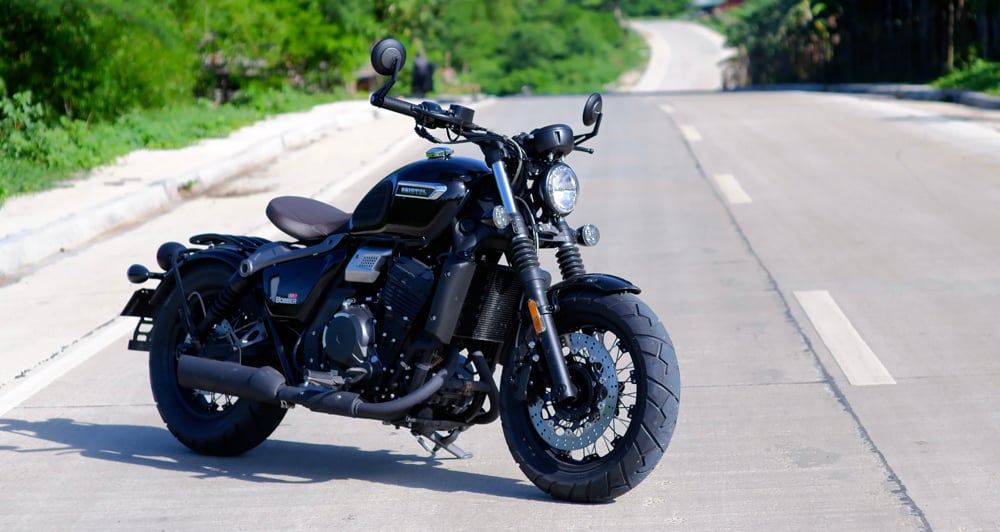


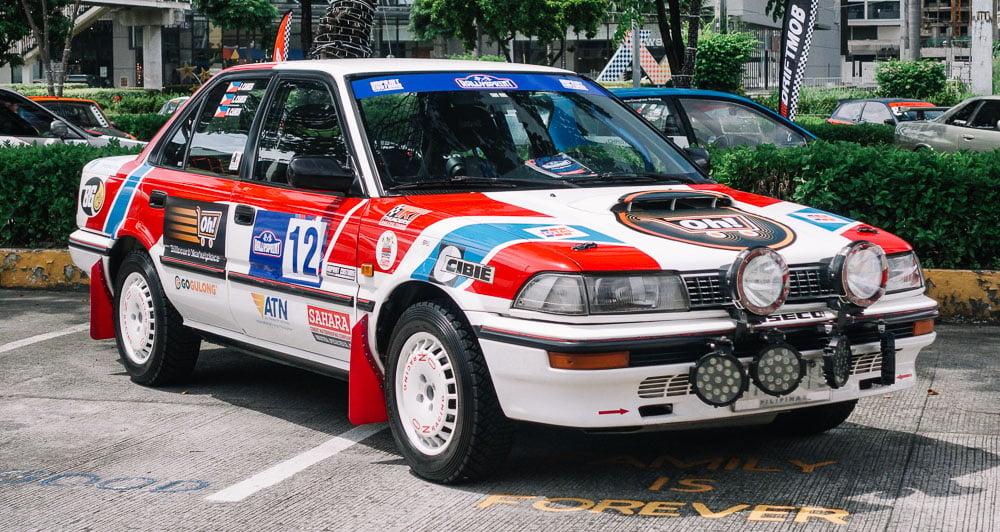

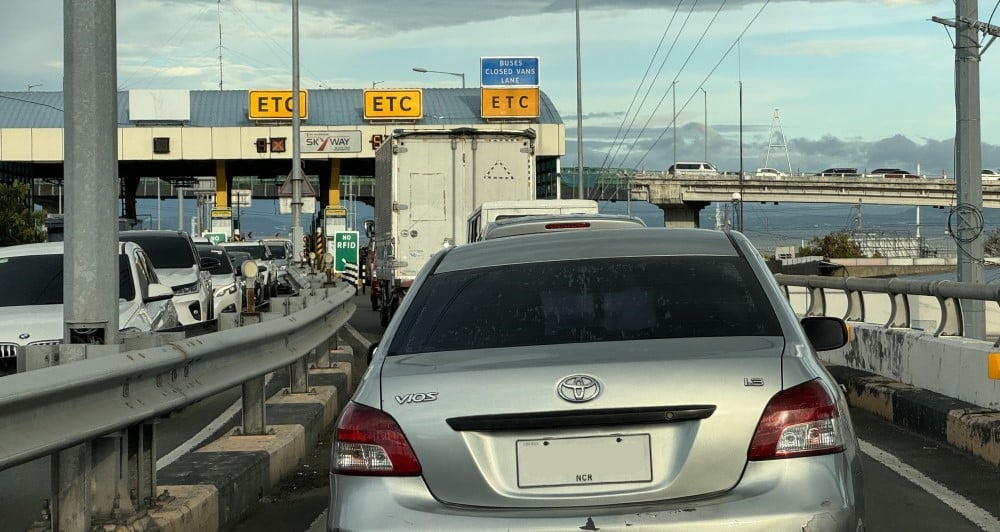
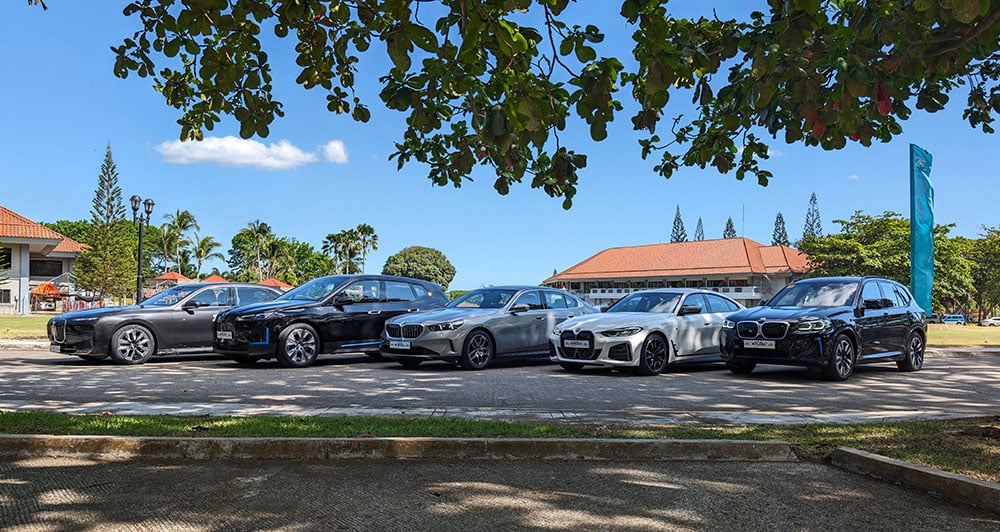
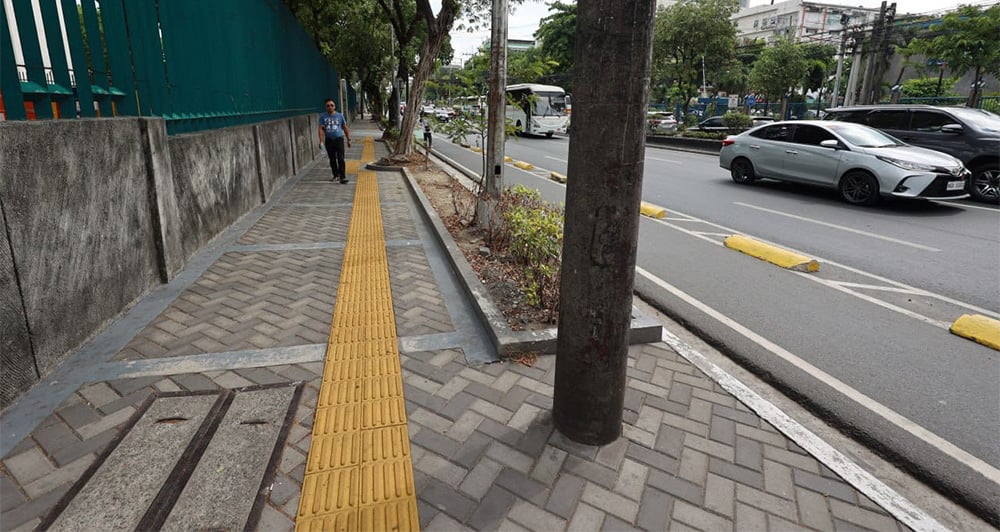
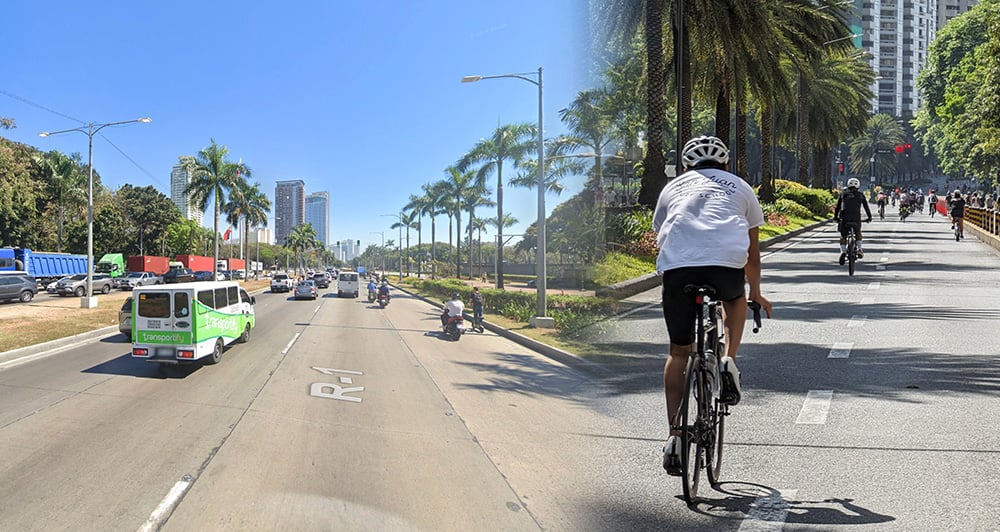

Comments